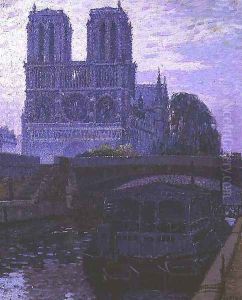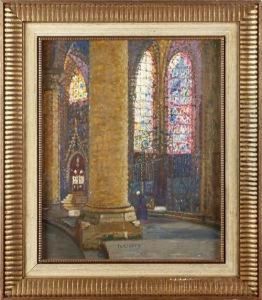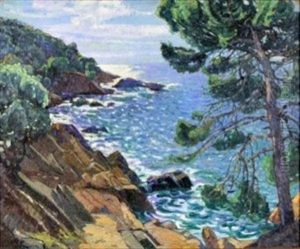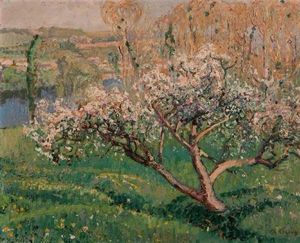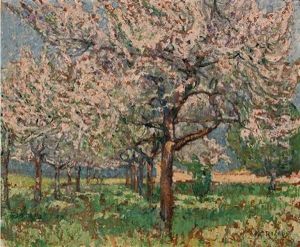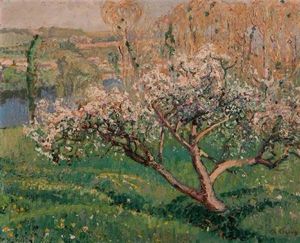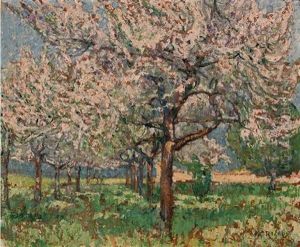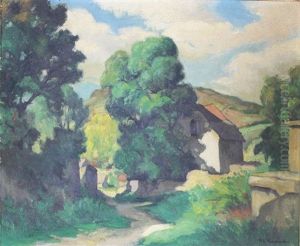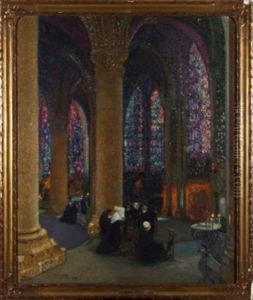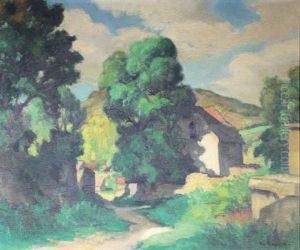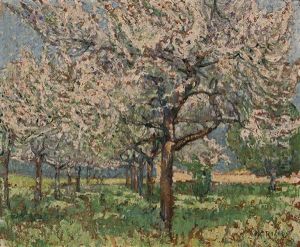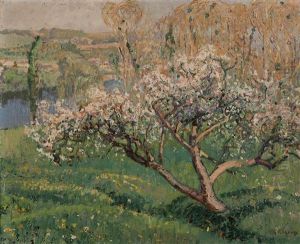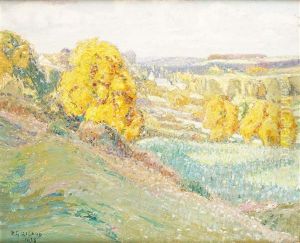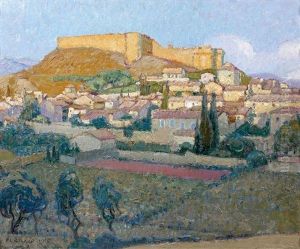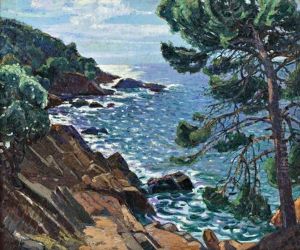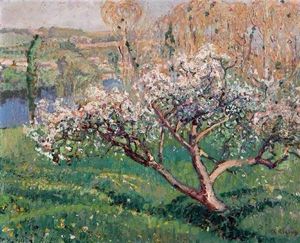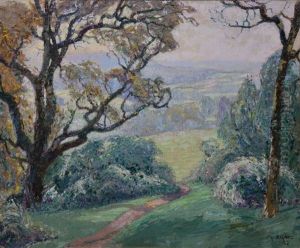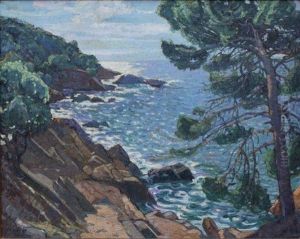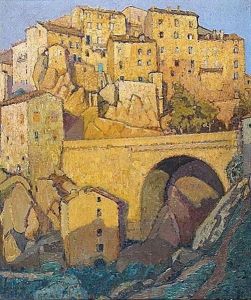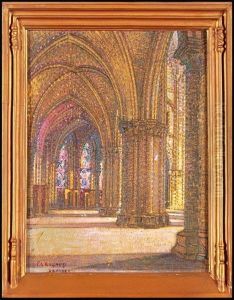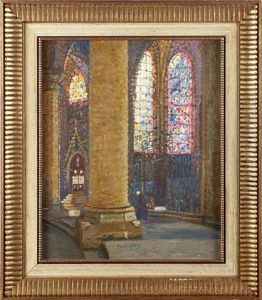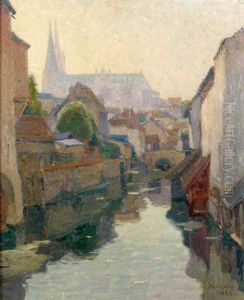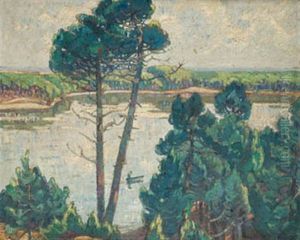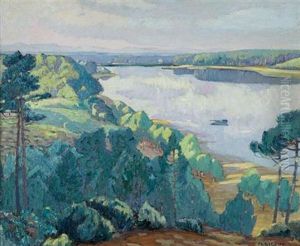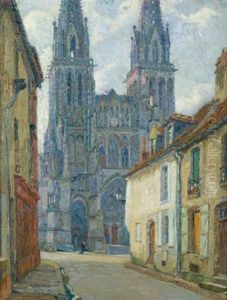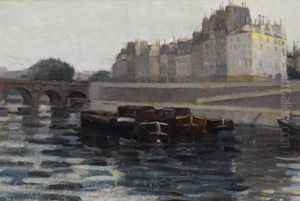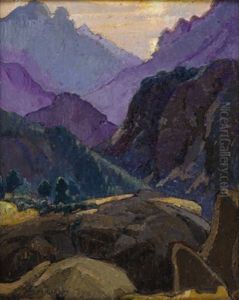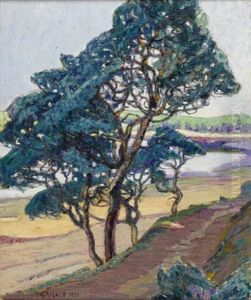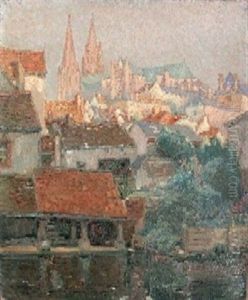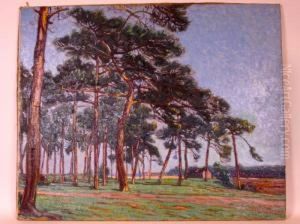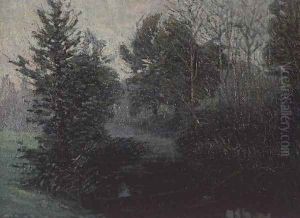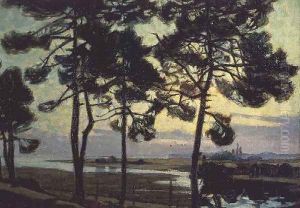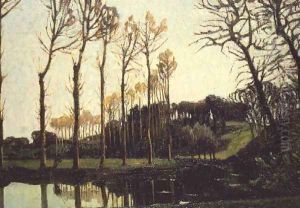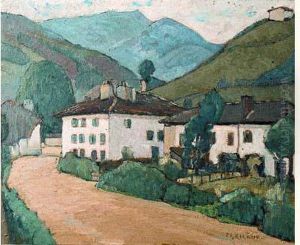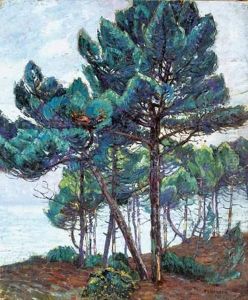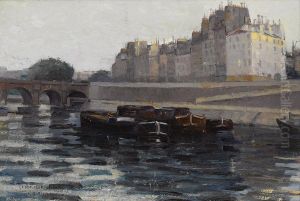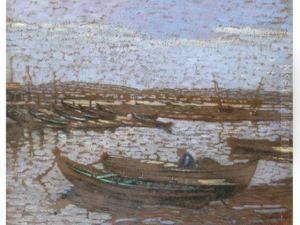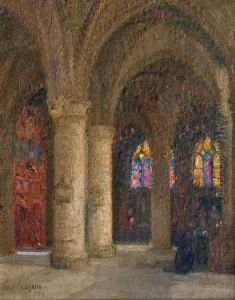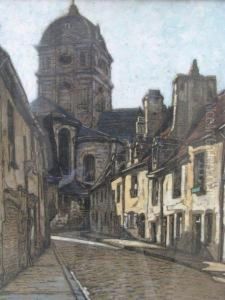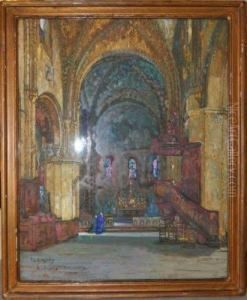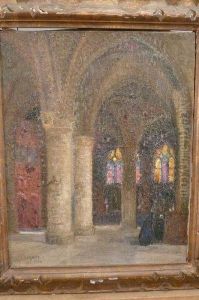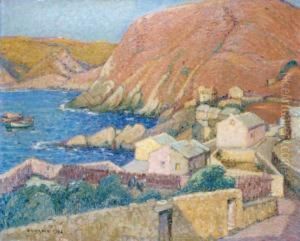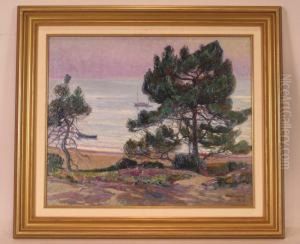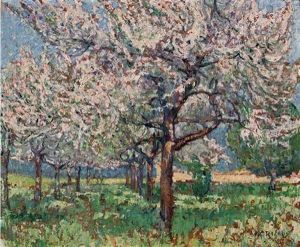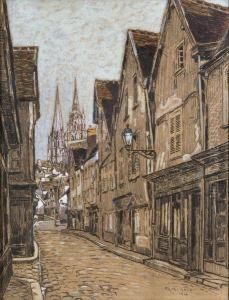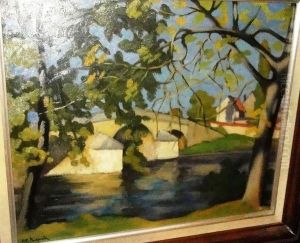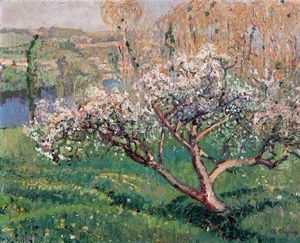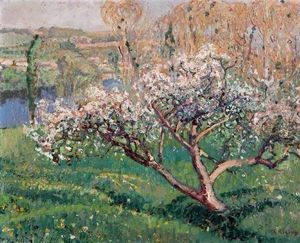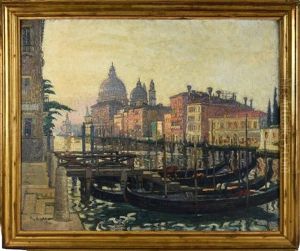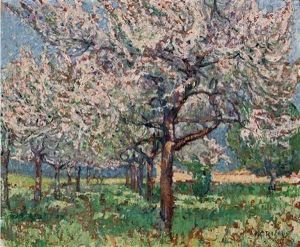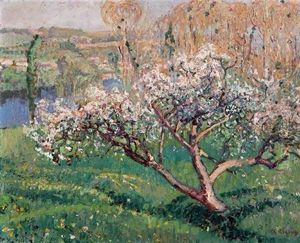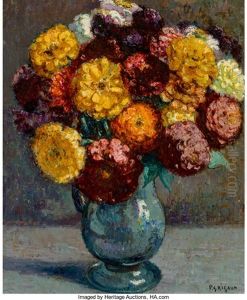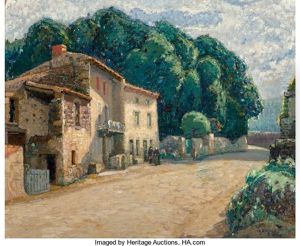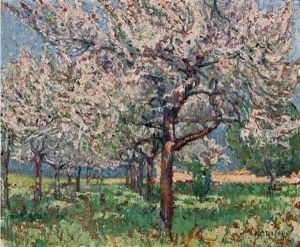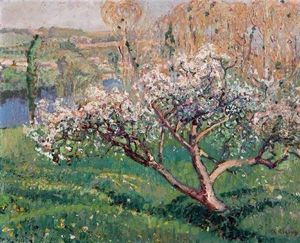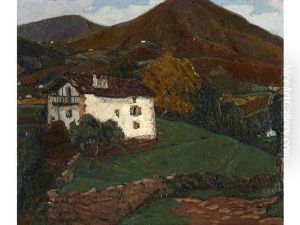Pierre Gaston Rigaud Paintings
Pierre Gaston Rigaud was a distinguished French painter, known for his mastery in portrait painting during the 18th century. Born in 1691, Rigaud hailed from a family with deep roots in the arts, as he was the nephew and pupil of the famous portraitist Hyacinthe Rigaud, who was renowned for his depiction of Louis XIV. This familial connection not only provided Pierre Gaston with invaluable training but also exposed him to the highest circles of French society, where demand for his uncle's work was insatiable.
Pierre Gaston Rigaud's career was marked by his dedication to capturing the essence of his subjects with elegance and a keen attention to detail. Unlike his uncle Hyacinthe, who is often remembered for the grandeur and formality of his portraits, Pierre Gaston's work was noted for a certain softness and intimacy, characteristics that made his paintings highly sought after by the aristocracy of the time.
Throughout his career, Rigaud received numerous commissions from the French elite, which allowed him to refine his style and technique. His ability to portray his subjects with both accuracy and aesthetic appeal earned him a place among the most celebrated portrait painters of his era. Despite his success, Pierre Gaston Rigaud's work was often overshadowed by that of his more famous uncle, leading to a somewhat lesser recognition of his contributions to the art world in the centuries that followed.
Pierre Gaston Rigaud's legacy, while not as prominent as that of some of his contemporaries, remains significant in the study of French portraiture of the 18th century. His paintings are a testament to the elegance and sophistication of the period, reflecting the social and cultural nuances of his time. Rigaud passed away in 1754, leaving behind a body of work that continues to be appreciated by art historians and collectors alike for its beauty and historical value.
